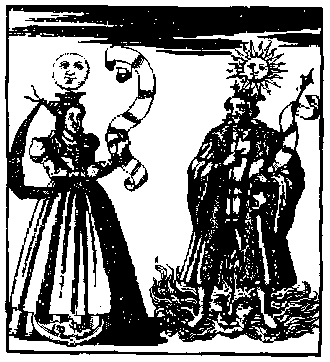A Biography
Marshall J. Getz
(McFarland)

There are three kinds of friends:
Your friend, the friend of your friend,
And the enemy of your enemy, who is also your friend...
Up until WWII, to avoid arrest at home, he traveled on the European continent trying to generate support in his anti-Raj campaign. He was willing to work with any government that would have him. He approached Stalin, Mussolini, the Nazis, but was snubbed by all until, in 1941, in Kabul, he met with Alberto Quaroni, ambassador from Italy. Evidently, despite the language barrier (Bose only spoke English and Hindu) he was quite a charmer, and he convinced the Italians to back his Free India program.
He proposed that Indians, captured in Europe and North Africa would be released to him, he would train them --- and with the loan of 50,000 German and Italian soldiers --- they would invade India. This would further the Axis cause by diverting the English from the European theater.
In 1942, at Mussolini's request, Bose had a meeting with Hitler, which, the author guesses (there are no notes on their meeting), did not go well. Bose "was a pudgy man of medium height, swarthy by European standards but normal for a Bengali..." He was "moon-faced and balding." "Bose," Getz suggests, "looked like an Indian version of the actor Peter Lorre." However uninspiring, the Germans did allow him a small army of Indian prisoners to train, and urged him to broadcast wartime propaganda from Berlin. A man of the media, he promptly declared war on England on behalf of the "Azad Hind" --- the Free India Movement. The English drafted George Orwell --- whose loyalties were certainly mixed --- to manage the counter-propaganda.
As the Germans began to lose the war, Bose transferred his attentions (and himself) to Japan. In May of 1943, he met with Tojo Hideki in Tokyo, announced his support for the Greater East Asia Co-Prosperity Sphere, and in return, was awarded two tiny islands --- the Andaman and Nicobar --- for the Azad Hind.
In 1944, he and his followers joined the Japanese in an attack on India:
The INA crossed India's eastern border to launch a raid on Mowdok. The soldiers kissed the ground and planted the Springing Tiger flag. Bose issued a statement, calling for the support of all Indians in India to join the INA in ousting the Raj.
With 15,000 men, he was poised to enter Delhi, but the British counterattacked in June, the Japanese obviously had other problems so they retreated, and the INA was left isolated. Bose wisely disappeared, turning up later in Thailand, where he made his last move: he boarded an airplane to fly to Russia to see if he could wangle a meeting with Stalin. The plane crashed en route, and his body was never found.
In the history of India's independence movement, Subha Chandra Bose stands out. He was an intellectual rabble-rouser, with enough craftiness to build a logical plan to undermine the British. This was enough to attract the Axis to him and his cause, but his ability to penetrate three of the seven powers of WWII attests to his charm and his character.
Unfortunately for him, he bet on the wrong horse. He was charismatic, but unable to rally most of his fellow Bengalis to the cause --- possibly because, though they detested the Raj, they detested the Germans and the Japanese even more. He had found the friends, and the friends of the friends, but the enemies of the enemies never showed.
A character like Bose is rare. This is a man who, single-handedly, managed to penetrate the power base of the Axis while they were immersed in a war for survival. Fascinating characters like Bose demand fascinating biographers. Unfortunately, Getz never studied the New York Times Manual of Style and Usage. The writing gets so lunky at times that I almost dropped it (or dropped off to sleep). For example, this on Benito Mussolini:
The one-time left-wing journalist rose from patched-
Burly dons. Strutting up to the podium. Liquidating leftists (to create a national lake).
Bose willingly returned to Asia, but soon discovered that his abilities as a statesman could be retired.
Retired to where? To lunch? To bed? To the Italian lake-bed?
The Hindus reeled upon hearing that the miracles of Shiva, Kali, Krishna and all the other deities had been performed by the Hands of Allah.
For the sanity of the world's reviewers, we pray that this particular writer, before his next venture, lands a training grant at the Iowa Writer's Workshop.
